43 all container labels are required to have
Labeling Requirements - US EPA The label on a pesticide package or container and the accompanying instructions are a key part of pesticide regulation. The label provides critical information about how to handle and safely use the pesticide product and avoid harm to human health and the environment. Labeling Requirement Resources › sites › defaultBRIEF - Occupational Safety and Health Administration While the DOT diamond label is required for all hazardous chemicals on the outside shipping containers, chemicals in smaller containers inside the larger shipped container do not require the DOT diamond but do require the OSHA pictograms. (See Example 2.) Labels must be legible, in English, and prominently displayed. Other languages
DOT Labeling Requirements: When Does a Hazmat Package Need ... That being said, you'll need to display labels on at least two sides or two ends (and not the bottom) for packages: A volume of 64 cubic feet or more Non bulk packages that contain radioactive material. If you can't remember bulk vs non read my post on hazmat bulk packaging. DOT 106 or 110 multi-unit tank car tanks. Labels must be on each end.
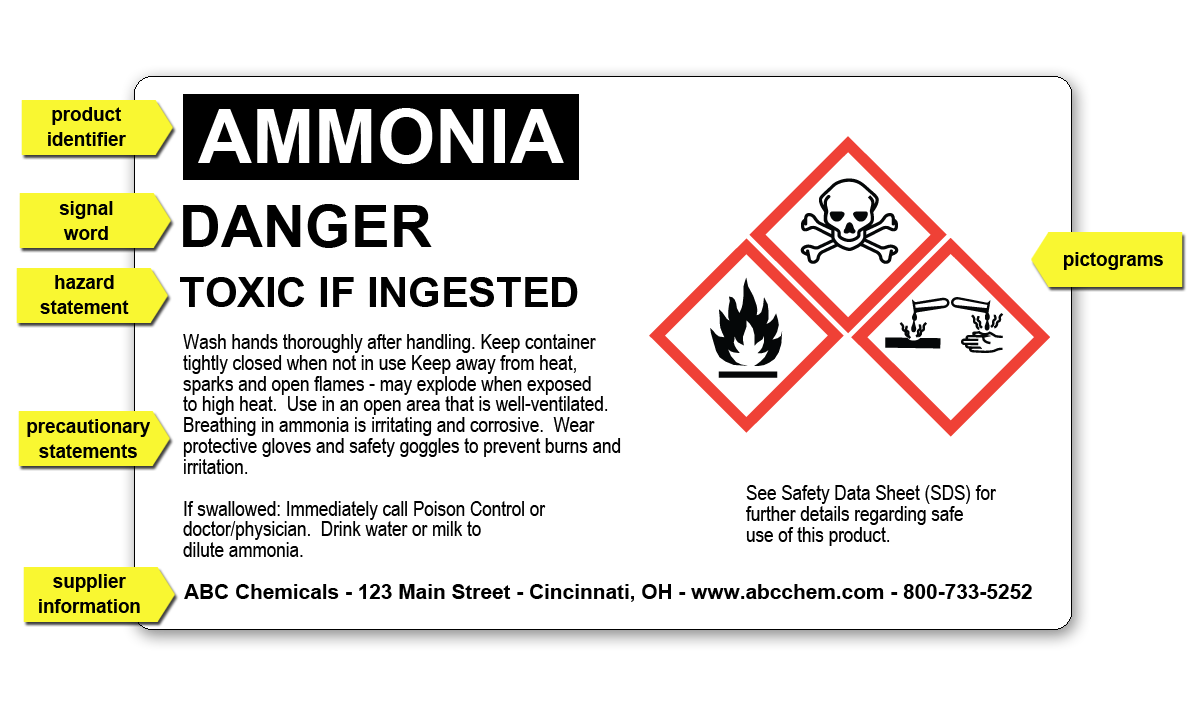
All container labels are required to have
4 Quick Tips to Help You Ace OSHA Secondary Container Labeling This ensures you have all the required information for creating secondary container labels that pass on inspection day. Tip #2: Play it Safe with GHS Labels for All Chemical Containers. OSHA HazCom standards allow for some limited flexibility when labeling secondary containers. › blog › secondarySecondary Container Labels 101: HazCom and WHMIS Secondary Container Labels in the United States. In the US secondary container labels are required when operations in a work-place setting includes the transferring of smaller amounts from the original container to a secondary container such as a beaker, flask, or bottle. These secondary labels need to comply with OSHA’s HCS. The standards ... › foodlaw › processingsectorPackaging, Labeling, Transporting, Storing — Food Law FDA does not pre-approve labels; FDA may offer suggestions if the processor inquires; FDA will enforce law after the label is put in use. No pre-approval of label is required by FDA for products under its jurisdiction. It is the responsibility of the manufacturer or importer of a food to comply with current food labeling regulations."
All container labels are required to have. Container Labeling | Office of Environmental Health and ... OSHA requires that labels on incoming containers of hazardous materials must not be removed or defaced until the container is empty and rinsed. No product or chemical shall be accepted without an adequate identifying label. Original containers should be labeled with the date received and the date opened. Hazardous Waste Label Requirements | EPA & DOT Compliance Labeling and marking of all hazardous waste containers appropriately according to both EPA and DOT requirements is necessary in properly dealing with the waste cradle-to-grave. EPA Requirements The EPA primarily determines the types or classes of hazardous waste to be marked, and how waste containers should be labeled to communicate this. Section 2: Waste Containers, Storage and Labelling ... The label must describe the container's contents and the words "Hazardous Waste" must appear on the label. Contact EHSS to obtain University approved SAA Hazardous Waste labels. Use only these labels and make sure all information is complete. As soon as hazardous waste is place into a container, it must be appropriately labeled as indicated below. Labeling of Secondary Containers | Occupational Safety and ... section 1910.1200 (f) (6) (ii) requires that workplace labeling include "product identifier and words, pictures, symbols, or combination thereof, which provide at least general information regarding the hazards of the chemicals, and which, in conjunction with the other information immediately available to employees under the hazard communication …
Requirements for Shipped Container and Workplace Labels ... The shipped container label with the six elements shown below must be affixed to, printed on or attached to the immediate container of the chemical, or to the outside packaging. WORKPLACE label REQUIREMENTS What Required Information Must GHS Labels Include? - MPC For instance, all shipped hazardous chemical containers must be labeled with a signal word, pictogram, hazard statement, and a precautionary statement for each hazard class and category. These requirements impact chemical manufacturers, importers, and distributors. › Airtight-Storage-ContainerAmazon.com - 28 Pack Airtight Food Storage Container Set ... PROS: 1)Price is decent compared to other brands and considering how many you get. 2)They are easy to clean. 3)All the lids are the same size so you don’t have to worry about finding the right size lid for each size. 4)The labels and white chalk marker are very convenient and elevate my organization. 5)Variety of container sizes (5 to be ... Frequently Asked Questions on the Container and ... Yes, technical products and MUPs have to comply with the container and containment labeling requirements. Technical products and MUPs are exempt from the container and containment regulations in 40 CFR part 165, but not from the labeling requirements in 40 CFR part 156 subpart H.
Secondary Containers | Environmental Health, Safety and ... Except for a few cases, secondary containers must be labeled. IF IN DOUBT, LABEL IT! One common case where you do not have to label a secondary container is if the container is portable and will be used immediately by the person who transferred the chemical into that container. For example, if you pour a concentrated disinfectant into a bucket ... Intro to Hazard Communication, Part Three: Labeling ... Unlike the very prescriptive requirements for shipped container labels, HazCom requirements for workplace labels are more flexible. Employers do have a few options. You can either replicate the manufacturer's shipped container label, or you can create your own workplace labels containing the product identifier and a combination of other ... Container Labeling: A Key to Compliance -- Occupational ... Containers also must have the following identification on the container, label or tag [29 CFR 1910.1200 (f) (1)]: The identity of the hazardous chemical Appropriate hazard warnings The name and... What Information Is Required On Secondary Container Labels? OSHA Requirements for Secondary Container Labels. OSHA requires secondary container labels to have the full GHS label, or: "Product identifier and words, pictures, symbols, or combination thereof, which provide at least general information regarding the hazards of the chemicals, and which, in conjunction with the other information immediately ...
Hazard Communication Standard Labels - OSHA
GHS Labeling Requirements: The Definitive Guide [2021 ... GHS Requirements for Small Containers In the United States, there are no specific requirements for labeling small containers. The only instruction is that labels must be prominently displayed and legible. Unfortunately, this can provide quite the challenge for companies dealing with small bottles and vials.
› cfr › text9 CFR § 317.2 - Labels: definition; required features. | CFR ... (3) Off the exterior of the container, e.g., on a metal clip used to close casings or bags, or on the back of a paper label of a canned product, or on other packaging or labeling material in the container, e.g., on aluminum pans and trays placed within containers, when a statement of its location is printed contiguous to the official inspection ...
Reference Guide to GHS Container Labels | UArizona ... There are six required sections of a GHS-compliant chemical container label: Product Identifiers GHS Pictograms Signal Words Hazard Statements Precautionary Statements Supplier Identification 1. Product Identifiers The product identifier is most often the common product name of the chemical, and must match the product identifier on the SDS.
Chemical Container Labeling | OSHA HCS Labels | Safety Blog Here are some of the key requirements to be aware of: All labels must have pictograms, a signal word, hazard and precautionary statements, the product identifier, and supplier identification. Workplace labels must be provided in English. Other languages should be added to the label if applicable or necessary.
Proper Labeling Chemical Containers - Hazcom Regulatory ... OSHA requires every original chemical container to have a primary shipping label from the manufacturer with a few exceptions: Drugs for patient care, consumer chemicals, and pesticides, including disinfectants and dental unit waterline cleaners, are not subject to the labeling requirements.
Hazardous Waste Labeling and Marking 101 Use these inspections to verify that labels are: old labels have been removed or painted over if you are reusing containers. If you would like assistance with the labeling and marking of your hazardous waste, or need more information on container requirements, call Hazardous Waste Experts today at 800-936-2311 or click here to email us.
FDA Food Product Labeling & Packaging Requirements | ESHA ... Servings per container Mandatory nutrients (total calories, total fat, saturated fat, trans fat, cholesterol, sodium, total carbohydrate, dietary fiber, total sugars, added sugars, protein, vitamin D, calcium, iron, potassium) Placement: In general, place the Nutrition Facts Label on the PDP or the Information Panel, near the ingredient statement.
Container Labeling - OSHAcademy The information required on shipped container labels; or, Product identifier and words, pictures, symbols, or combination thereof, which provide at least general information regarding the hazards of the chemicals, and which, in conjunction with the other information immediately available to employees under the hazard communication program, will ...
Hazard Communication - Container Labeling - OSHAcademy ... Portable containers are not required to have a label. For example, a beaker used to transfer a chemical from the secondary container to a workbench for immediate use does not require a label. Primary - Shipped Container Labels. Under the HCS 2012, labels on primary containers shipped from manufacturers or distributors, the container must be ...
PDF HEALTH & SAFETY Chemical Container Labeling All containers other than the manufacturer's container (i.e. squeeze or glass bottles, flasks, Eppendorf tubes, etc.). 4 Label information must be legible and in plain English. 5 Chemical identity and hazard warning should already be printed on the manufacturer's container. 6 Recommended for best practices, though not required per regulation. 7
PDF Guidelines for Shipping Container Labeling Guidelines for Shipping Container Labeling . Last Updated: July 2008 Page 6 . The Book Industry Study Group (BISG) Table D-1 in Appendix D defines the uses, sizes and mandatory or minimum requirements for the different zones on the shipping label. Whenever information located in Zones E through I on the
OSHA: Container Labels Flashcards - Quizlet Secondary containers, which are also called workplace containers, are usually smaller, more manageable containers that a chemical is transferred to for easier handling. If a worker transfers a chemical into a secondary container, when must a label be used?
Hazard Communication OSHA Flashcards - Quizlet Before a chemical can be shipped, it must have an appropriate warning label attached to the container and the applicable SDS must be provided prior to or at the time of shipment. An easy way to remember the differences is that an SDS is a document that each chemical manufacturer, distributor, or importer must provide for each hazardous chemical.
› chemical-container-labelsChemical Container Labels | EHS Abbreviations or acronyms should not be used on the labels. Secondary container labels are not required if both of the following apply: The reagent, stock solution and chemicals mixed for use are under the direct control of the person who transferred or prepared it, and; The container will be emptied during that person’s work shift.
Compliance FAQs: Packaging and Labeling in the US | NIST title 19, united states code, chapter 4, section 1304 and 19 cfr 134, country of origin marking regulations require that every article of foreign origin (or its container) imported into the u.s. be marked in a conspicuous place as legibly, indelibly, and permanently as the nature of the article (or container) will permit, and in such a manner as …
Container labeling requirements under the OSHA Hazard ... Container labeling requirements under the OSHA Hazard Communication Standard Standard Number: 1910.1200 (f) OSHA requirements are set by statute, standards and regulations. Our interpretation letters explain these requirements and how they apply to particular circumstances, but they cannot create additional employer obligations.

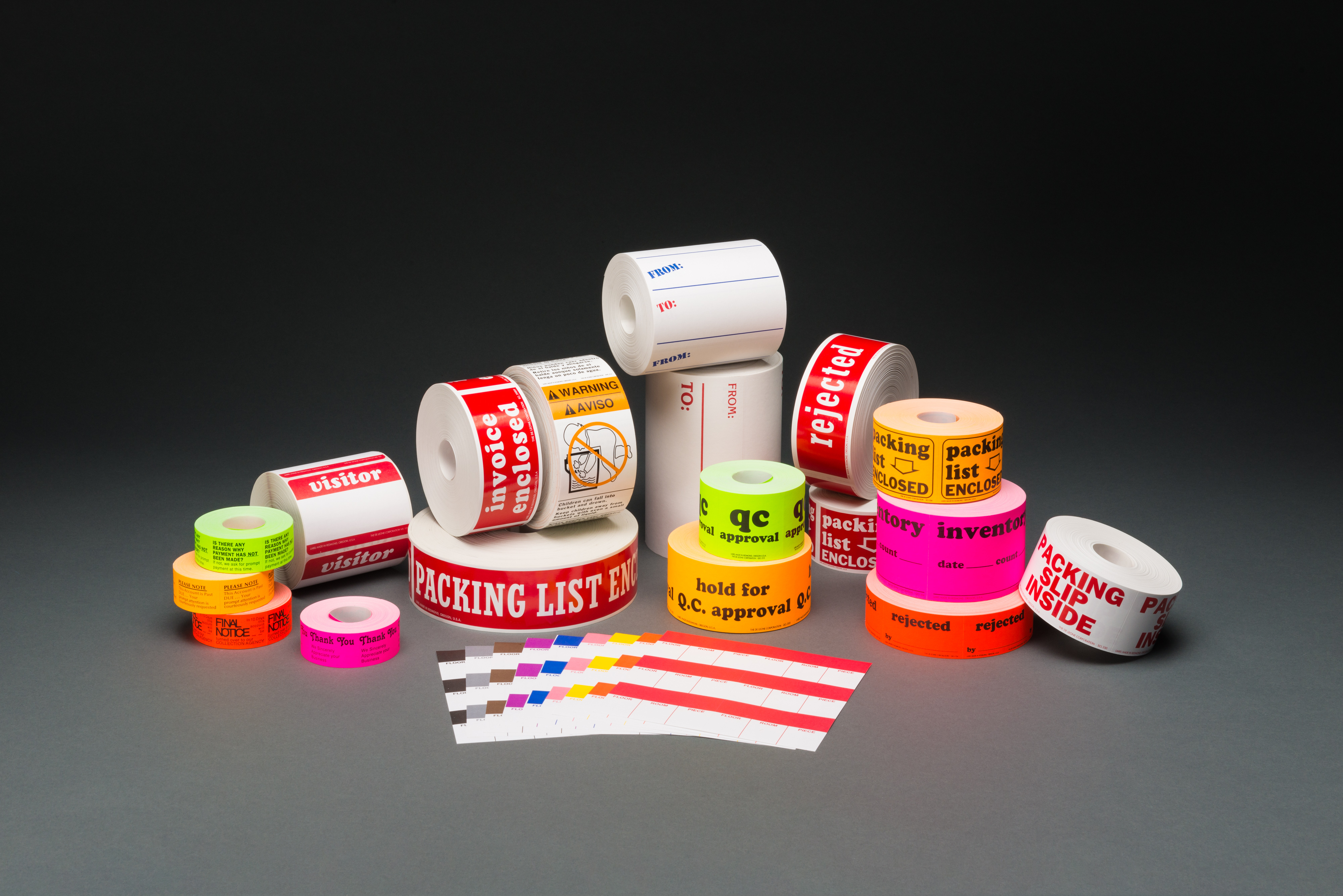



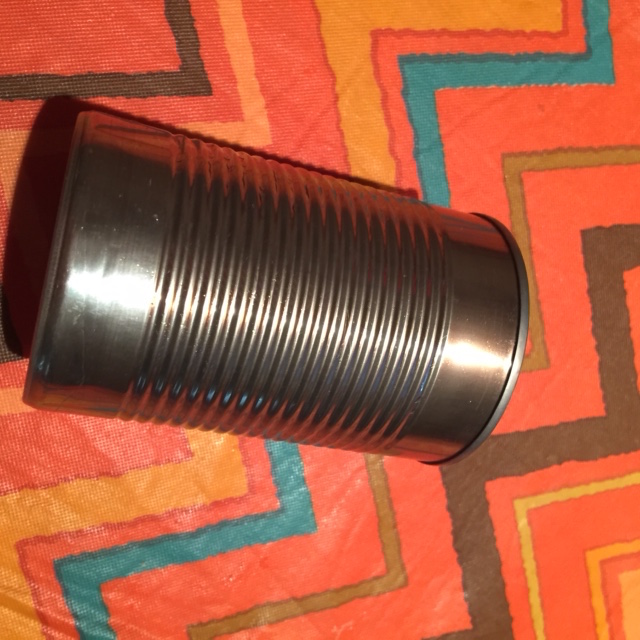
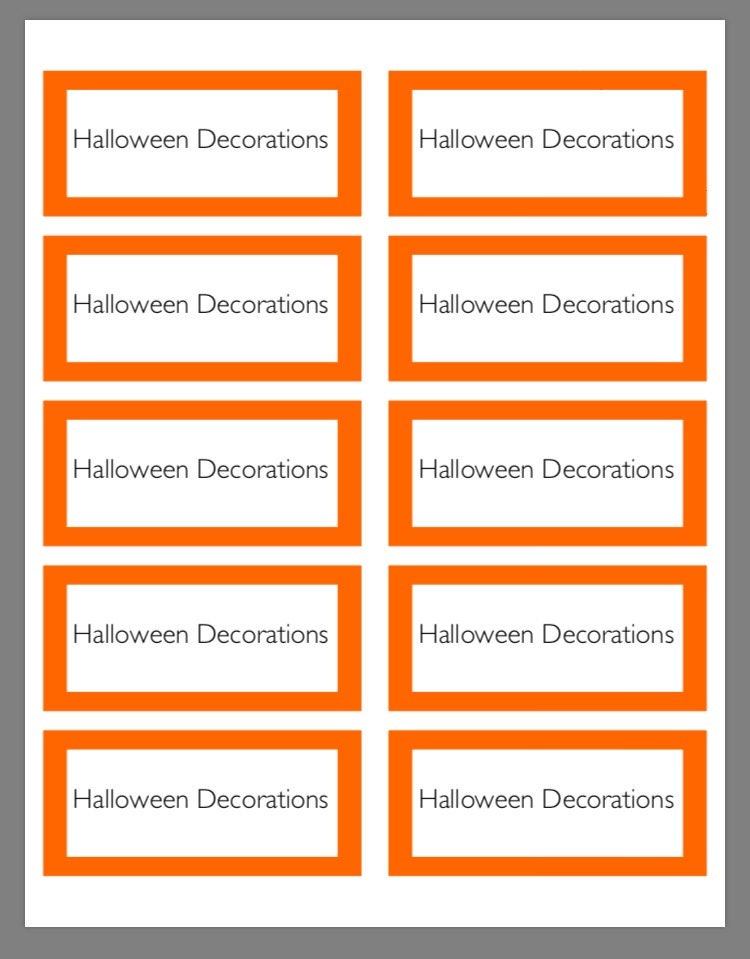

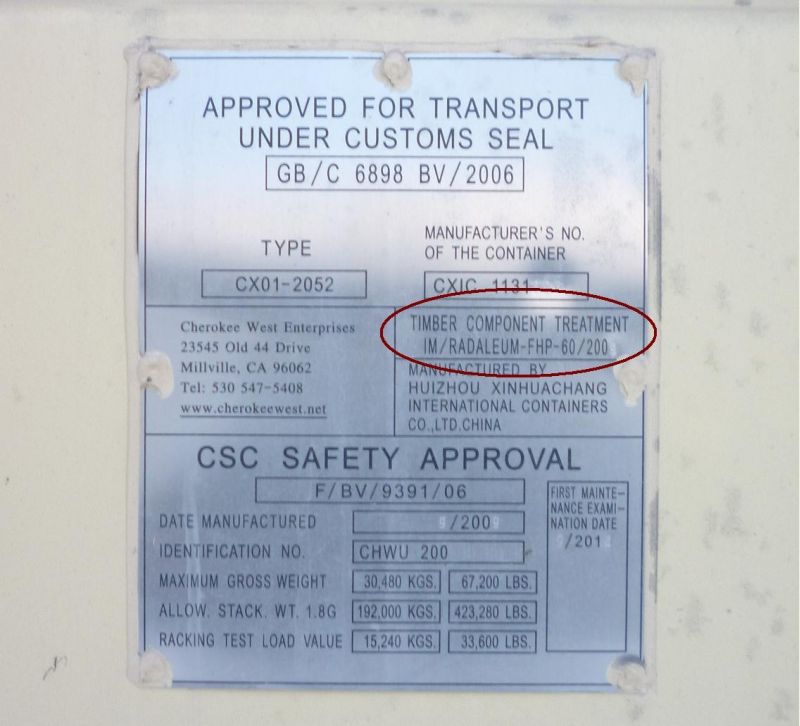





Post a Comment for "43 all container labels are required to have"